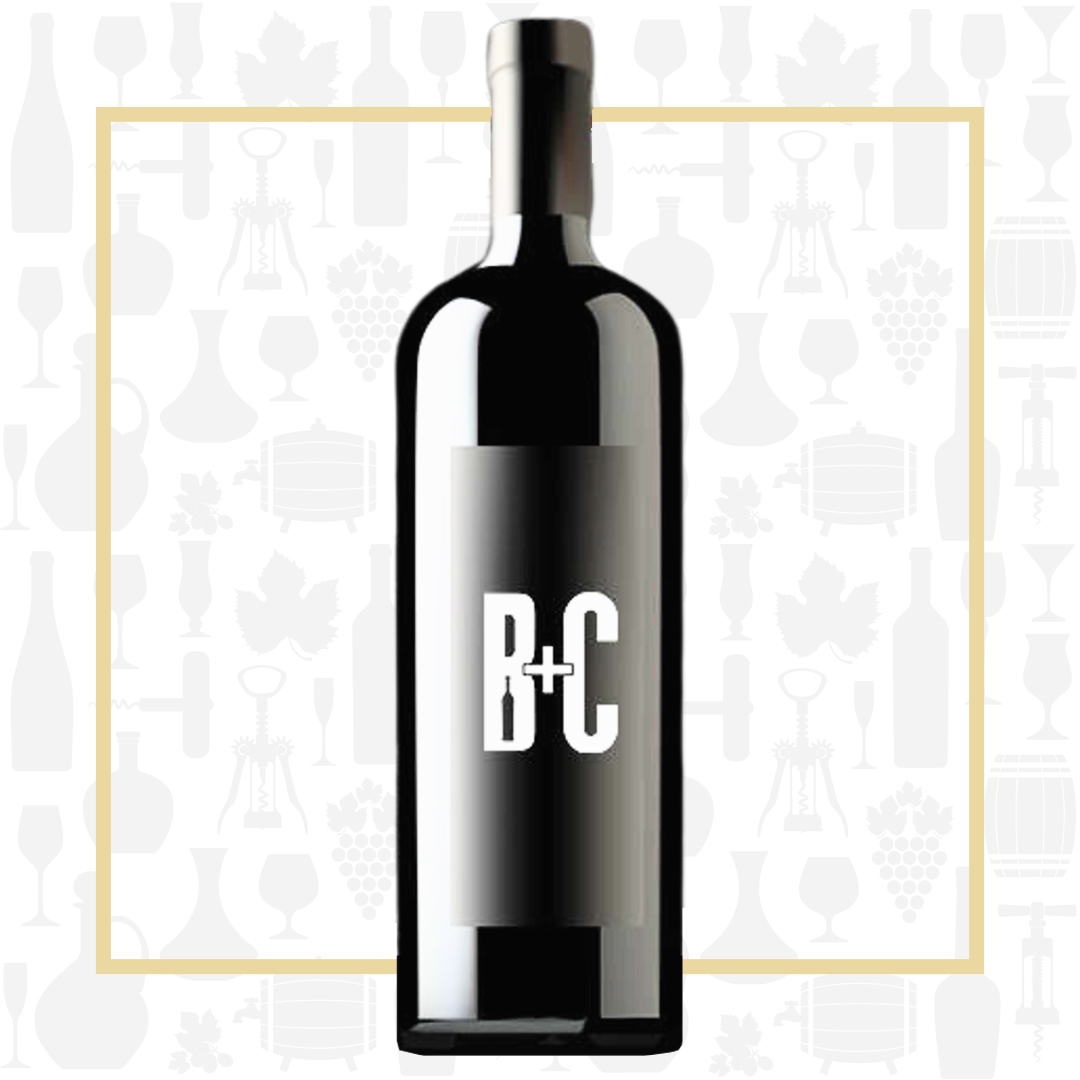Cellar Profile
Feravino was established in the 1700s but these vineyards have been farmed since the 1300s, when the region was put to vine by the Cistercians and Templars. The current cellar was built in 1804 and refurbished in 1996. The vineyards now span 150 hectares, split evenly between white and red grapes with the majority trained via the double Guyot method. The vineyards are uniquely surrounded by forests, a significant moderator for the area’s hot, dry summers. The winery focuses on indigenous Frankovka (Blaufränkisch) and Graševina, varieties that express the winery’s terroir and make full, flavourful and balanced wines. The grapes are all hand-harvested and intervention throughout the winemaking process is kept to a minimum. These wines have modern richness coupled with Old World sensibilities and charm. Part of the larger Osijek-Baranja County, Feričanci is one of Croatia’s smallest wine growing regions. It has a rich agricultural history, with grape-growing having played a prominent role throughout the centuries. The region’s Continental climate and cool soils provide the framework for flavourful, food-friendly wines made for every occasion.
Region
Feričanci municipality is located in the western part of Osijek-Baranja county. The Mur river marks the northern edge of the region until it flows into the Drava, the longest of the Danube’s tributaries.
Vineyard
Feravino currently owns 160 hectares of vines, in three locations: Feričanci (3 km away from the cellar-processing location); Zoljan (12 km away from the cellar-processing location); and Ceremošnjak (24 km away from the cellar processing plant). All locations are located on the slopes of Krndija and divided into small microlocations separated by woods and other natural barriers.
Winemaking
Hand-harvested fruit from selected vines is hand-sorted and de-stemmed before fermentation in stainless steel, using temperature control to avoid malolactic fermentation. The wine spends 3 months on its fine lees to garner complexity, with a gentle fining before bottling.
Varieties
The everyday wine of Central Europe, Graševina is also known as Welschriesling. It is one of the most popular white wine grapes in Croatia and is so common that it is widely considered to be indigenous. Graševina is a dry, fresh, aromatic white wine with apple-like notes.
Tasting Notes
Green apple, kiwi and petrichor greet you as you nose this charming, off-dry sipper. The palate is medium-weight, but the fresh acidity makes it seem lighter, despite the lees contact adding complexity. Apple, lime and wet stone on the palate, with just a dollop of residual sweetness on the finish. A perfect aperitif wine, but also enjoyable with a wide range of foods, such as garlic sausages or grilled pork chops.

